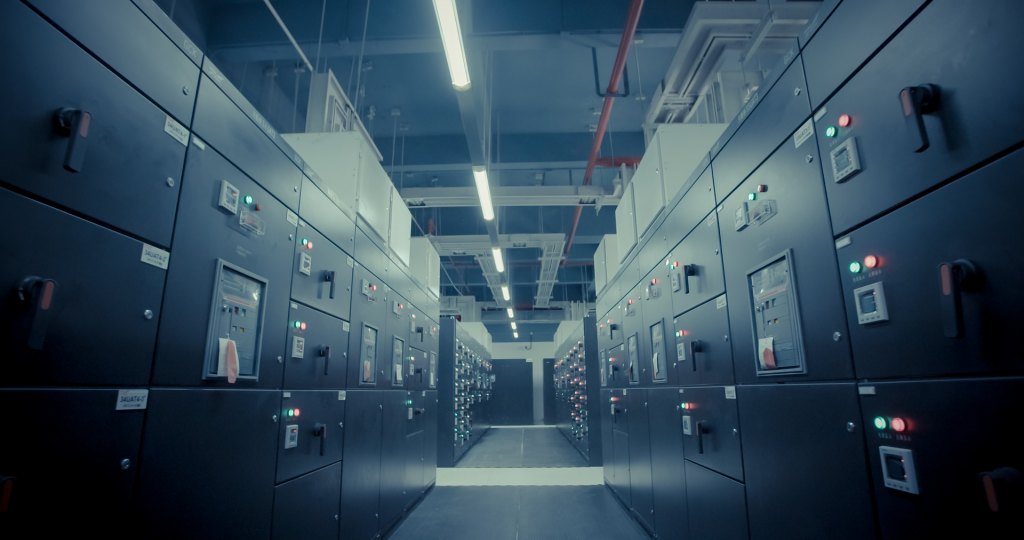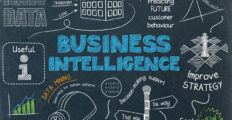
Credit: Akela999
Although in-office jobs have been limited ever since the onset of COVID-19, the opportunities for growth for the data center infrastructure management (DCIM) industry never slowed down. A report by Technavio ascertains this fact. The DCIM solutions market is seen to amass $7.1 billion from 2020 to 2025, growing annually by an impressive 24.32%. In place of in-office IT requirements, DCIM solutions directed their focus on cloud services and cloud-based applications. And the reopening of economies and resumption of supply chain activities furthered the industry’s success.
A key driver of the industry comes in the form of energy management in relation to the ongoing “green” movement. Many enterprises are actively trying to reduce their carbon footprint and energy consumption. This has paved the way for energy-efficient hardware. DCIM solutions enter the picture by helping regulate power consumption and distribution.
Interestingly, the world region that contributes the most growth to the DCIM solutions market is the Asia-Pacific, as it accounts for 35%, with the key markets being India and China. The APAC region is experiencing the rapid development of data centers and data center providers, which has fueled growth. It is also anticipated that the region would eventually venture into producing smaller data centers for 5G and IoT deployments.
Speaking of IoT, the high adoption of the technology globally has significantly contributed to the industry’s growth, along with edge computing and the high usage of in-built sensors. In fact, the number of connected IoT devices is projected to increase from 12.2 billion in 2021 to 14.4 billion in 2022, ultimately reaching 27 billion by 2027. And so, this area is expected to contribute greatly to the DCIM solutions market in the long run.
So, what is IoT’s connection to DCIM in the first place?
How DCIM Solutions Impact IoT
Although IoT has seemingly unlimited potential, these devices are still restricted by the capacities of data centers. An enterprise’s data infrastructure might not be able to keep up with the demand for IoT, which could hinder the latter’s functionalities. Having a DCIM or IT management solution in place helps businesses understand the space and power required to accommodate the requirements of IoT.
Besides capacity planning, DCIM solutions offer a slew of other benefits.
Improved Resource Distribution in Hybrid Environments
DCIM software solutions aid enterprises in conducting activities like remote power cycling to streamline the management of power distribution units. In addition, these platforms have the ability to monitor computers and other digital assets across the network, including those in other locations. This goes in line with today’s remote working trend. In fact, 77% of data centers intend to continue remote work long term, and the application of DCIM solutions is part of this process.
Better Data Collection
DCIM solutions enable enterprises to gather data from all the IoT devices hooked up to a data center. It also collects data from power distribution units and other related equipment to give users a clear illustration of their capacity and asset requirements. As such, the platforms provide all the information necessary for businesses to make informed decisions for allocation.
Improves Data Center Security
Remarkably, top-tier DCIM solutions can boost the physical security of data centers. Leveraging the information gathered, a platform can be used to implement access controls on electronic doors and manage RFID access. It can even help conduct audits on door security.
All told, the IoT industry is instrumental in the significant growth of the DCIM solutions market. Given that IoT figures heavily in today’s business landscape defined by remote work and cloud-based applications, the DCIM industry is in good hands.






















Leave a comment!